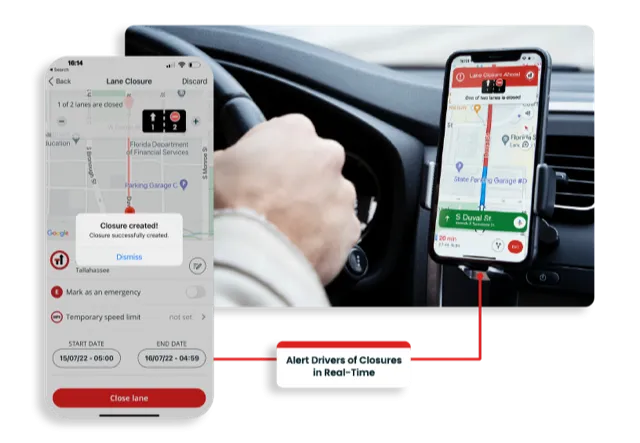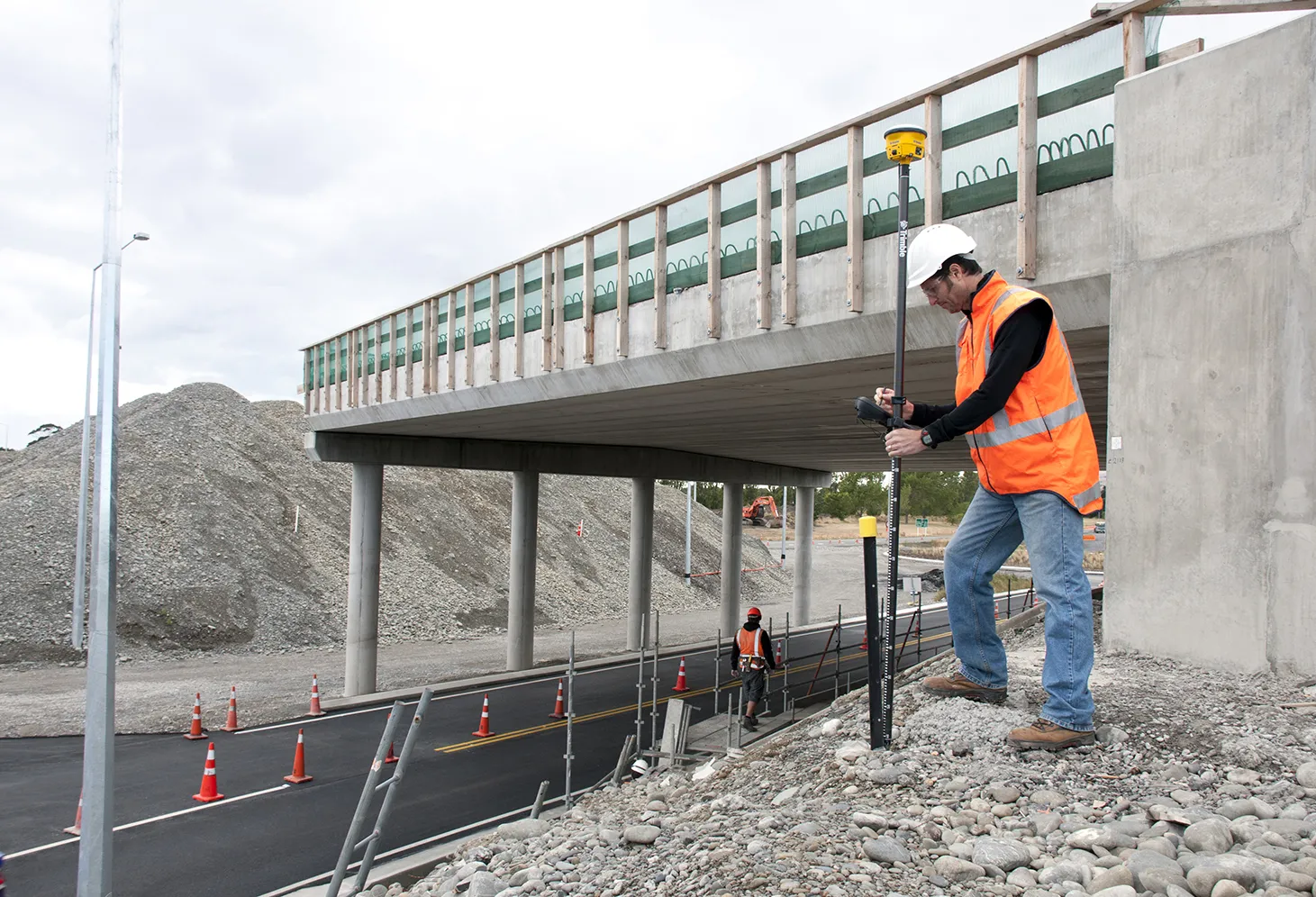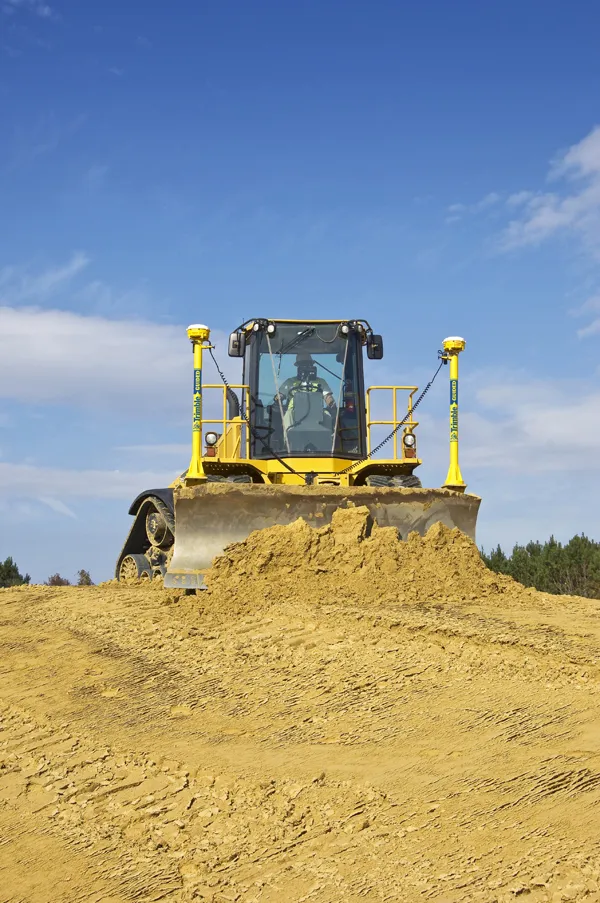Major progress has been made with regard to construction machine manufacturers agreeing on a standard for telematics communications. This is of key importance to contractors running mixed fleets, as data transfer from equipment will now be much easier. This progress has come with a new construction equipment telematics standard from the Association of Equipment Manufacturers (AEM) and Association of Equipment Management Professionals (AEMP). This has added key features to allow data gathering, and a test da
December 8, 2015
Read time: 3 mins
Major progress has been made with regard to construction machine manufacturers agreeing on a standard for telematics communications. This is of key importance to contractors running mixed fleets, as data transfer from equipment will now be much easier. This progress has come with a new construction equipment telematics standard from the 1100 Association of Equipment Manufacturers (AEM) and 6469 Association of Equipment Management Professionals (AEMP). This has added key features to allow data gathering, and a test database and manufacturer verification system will be offered.
The AEM/AEMP standard now enables equipment users to gather more OEM equipment data into their preferred business or fleet management software. This will allows users to analyse information across their fleets, and help save time and money on the job site or within their operations.
The standard is currently going through the approval process with ISO, the International Organisation for Standardisation, to be accepted as a global standard. While original data points have not changed, the ISO review and drafting process for the AEM/AEMP standard has resulted in several key changes, including more frequent data polling, more data flexibility, better security and faster API load time. It also includes more options for customers’ integrators, unit of measurements standardised to metric and more data/customer requests.
In addition, AEM will offer a test database that allows third parties, software developers and major fleet owner developers to verify that their business systems are functioning correctly to pull in their desired information. The test database will help them to create new reporting systems by minimising the need to contact multiple manufacturers directly.
And, AEMP will offer a program for OEMs and other telematics providers to verify that their feeds are functioning correctly, that each value is flowing into the correct data field. The verification program will help end users be assured they will be able to access the data in the new standard format.
The two test programs from AEM and AEMP will be designed to work together, as the two organisations work together to provide systematic checks to allow the industry to smoothly address the next generation of efficiency and coordination through mixed fleet data collection and management.
The AEM/AEMP telematics standard is based on the Draft API (Application Programming Interface) standard developed by the two industry trade groups. It was submitted for acceptance to ISO to provide manufacturers, equipment users, fleet managers and all industry stakeholders with a standard they can use confidently across all market areas globally.
“ISO acceptance also provides a global governance and maintenance process that can refresh the standard as technology changes or end-users request new data,” said Nick Bollweg, engineering manager, WorkSight/ForestSight at Deere and liaison between the ISO working group and AEM/AEMP telematics committee. “This allows the standard to remain responsive to user needs and helps reap maximum efficiencies and productivity from the machines.”
“This ISO standard gives fleet intensive companies confidence the format of the data being gathered from multiple OEMs conforms to an international standard, which in turn eases the implementation process to utilise the telematics data in making better informed business decisions,” stated Tim Truex, CEM, Kokosing Construction Company and AEMP technology committee chairman.
The AEM/AEMP telematics requirements will be part of ISO 15143 (Earthmoving machinery and mobile road construction machinery – Worksite Data Exchange) as a new section – “Part 3: Machine Data.” Future plans include expanding the standard’s coverage beyond earthmoving.
The AEM/AEMP standard now enables equipment users to gather more OEM equipment data into their preferred business or fleet management software. This will allows users to analyse information across their fleets, and help save time and money on the job site or within their operations.
The standard is currently going through the approval process with ISO, the International Organisation for Standardisation, to be accepted as a global standard. While original data points have not changed, the ISO review and drafting process for the AEM/AEMP standard has resulted in several key changes, including more frequent data polling, more data flexibility, better security and faster API load time. It also includes more options for customers’ integrators, unit of measurements standardised to metric and more data/customer requests.
In addition, AEM will offer a test database that allows third parties, software developers and major fleet owner developers to verify that their business systems are functioning correctly to pull in their desired information. The test database will help them to create new reporting systems by minimising the need to contact multiple manufacturers directly.
And, AEMP will offer a program for OEMs and other telematics providers to verify that their feeds are functioning correctly, that each value is flowing into the correct data field. The verification program will help end users be assured they will be able to access the data in the new standard format.
The two test programs from AEM and AEMP will be designed to work together, as the two organisations work together to provide systematic checks to allow the industry to smoothly address the next generation of efficiency and coordination through mixed fleet data collection and management.
The AEM/AEMP telematics standard is based on the Draft API (Application Programming Interface) standard developed by the two industry trade groups. It was submitted for acceptance to ISO to provide manufacturers, equipment users, fleet managers and all industry stakeholders with a standard they can use confidently across all market areas globally.
“ISO acceptance also provides a global governance and maintenance process that can refresh the standard as technology changes or end-users request new data,” said Nick Bollweg, engineering manager, WorkSight/ForestSight at Deere and liaison between the ISO working group and AEM/AEMP telematics committee. “This allows the standard to remain responsive to user needs and helps reap maximum efficiencies and productivity from the machines.”
“This ISO standard gives fleet intensive companies confidence the format of the data being gathered from multiple OEMs conforms to an international standard, which in turn eases the implementation process to utilise the telematics data in making better informed business decisions,” stated Tim Truex, CEM, Kokosing Construction Company and AEMP technology committee chairman.
The AEM/AEMP telematics requirements will be part of ISO 15143 (Earthmoving machinery and mobile road construction machinery – Worksite Data Exchange) as a new section – “Part 3: Machine Data.” Future plans include expanding the standard’s coverage beyond earthmoving.








